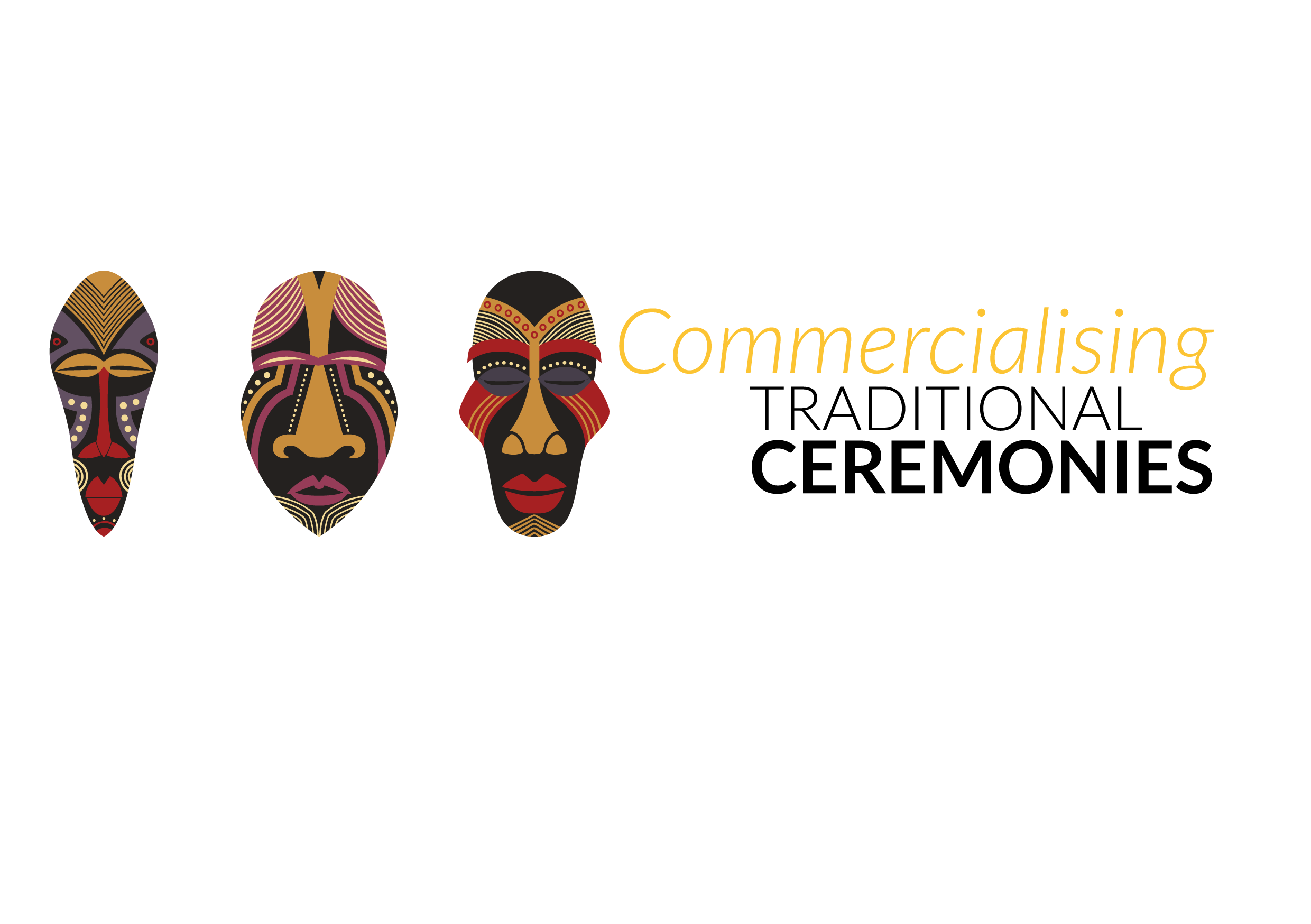How would you react to the news that the Ncwala Ceremony of the Ngoni speaking people of Eastern Province or any other traditional ceremony you cherish will never be held because of lack of money? Probably you would not take it in easily. But that is the reality facing many ceremonies in Zambia. Every year, organisers struggle to raise the required amount of money to successfully host the ceremonies.
Traditional ceremonies are important instruments for preserving the customs of the people. In today’s Africa, cultural erosion is happening so fast that most Zambian traditional norms are either dead or disappearing. Many Zambians, particularly those living in urban areas, are at odds with their cultural roots, and even those who grew up in the village have easily forgotten their traditional practices.
For Ms. Tumba Makayi, the Trustee in the Likumbi Lya Mize national executive, being born in the city didn’t mean forgetting her Luvale roots. She is however, worried that traditional ceremonies currently survive only from the goodwill of tribesmen and corporate entities.
“I believe they can, but no,” was the answer from her, when asked whether traditional ceremonies themselves generate money. “There has never been any thought towards how we can make money out of the ceremony.”
“It is a shame because in preparing for this year’s ceremony, I did go online and found at least two foreign tour operators promoting a tour. One (of the websites) was Italian and they gave their itinerary. They had other places they were going to visit but Likumbi Lya Mize was the highlight.”
Likumbi Lya Mize which is a ceremony for the Luvale speaking people, means Mize Day or the day of the capital. Ms Makayi says the ceremony is essentially a celebration of the chief’s capital. She says a number of festivities are lined up in the week leading up to the actual “Likumbi Lya Mize”.
Apart from the Likumbi Lya Mize, Zambia boasts of several other colourful annual traditional ceremonies where customs, social life, rituals, oral history, material and spiritual culture of particular tribes are on display. The ceremonies provide valuable insight about traditional culture that has been passed down from generation to generation.
Most of the ceremonies have a deep meaning, in many cases designed to invoke memories of the past. These are open ceremonies that visitors can watch. Some of them signify ancient times, when new kingdoms were being founded by ancient chiefs. Most are usually splendid, colourful affairs with much symbolism in their dancing and drumming.
The annual Kuomboka ceremony of the Lozi people of Western Province, a major tourism attraction, for instance signifies the annual migration of the Lozi king from the flooded plains to higher grounds. Even though floods are never a welcome phenomenon, for the Lozis, their ceremony depends largely on the presence of sufficient floodwaters to enable passage of their king to high ground.
There are several examples of other traditional ceremonies. The Lenje-speaking people of Central Province, for example, have the Kulamba Kubwalo – an annual thanksgiving post-harvest celebration. The Ila people of Southern Province hold the Shimunenga ceremony on the Kafue Flats in honour and praise of their ancestral spirits. A key highlight of the ceremony is the driving of animals to cross the river – an illustration of the elaborate connection between the wetland and the local culture.
Experts say, these and many other ceremonies stand no chance of survival unless they take a commercial aspect. Take for example, the Carnival in Brazil. In 2014 the country welcomed nearly a million tourists to Rio de Janeiro for the Carnival, who are said to have spent US$782 million, according to officials. Hotels and restaurants have long profited from spectacularly increasing prices in carnival season.
The Carnival’s origins can be traced back to the 18th century. Introduced by Portuguese immigrants to Brazil and called the Entrudo, it was celebrated by lively crowds who threw lime-scented water at one another. It was mainly enjoyed by working people, whose costumes would mock the clothes and mannerisms of the rich.
The Latin American Post observed in one of its recent reports that one of the principal economic events in the Atlantic region of Colombia is the Carnival of Barranquilla. According to the Barranquilla’s Chamber of Commerce (BCC), the carnival influences numerous economic areas – the hotel industry, restaurants, commerce and transportation, to name some, generating about 12,000 temporary jobs, 72.4% on formal industry and 27.6% on informal.
The aviation sector benefits as well, as some people travel by air to Barranquilla – between 7% and 10% of those people come from different countries, mainly Europe. The BCC also points that 95% of the goods sold during the festival are made in Barranquilla, the other 5% represents products as hats, accessories and handicrafts made in other cities of Colombia like Armenia, Medellin, Bogotá and Riohacha.
For 2017 the city of Barranquilla received over 1.2 million tourists during the celebrations, providing the region with about USD 19 million of income. This amount represents the 0.2% of the Atlantic region GDP in a year.
Is it unreasonable to hope for such contribution from Zambia’s ceremonies?
Ms. Makayi believes, “we need to get to a point where these things (ceremonies) can make money”.
“Ideas on how can we make this (Likumbi Lya Mize) work moneywise is something I think we need to raise, which I think we will raise.”








